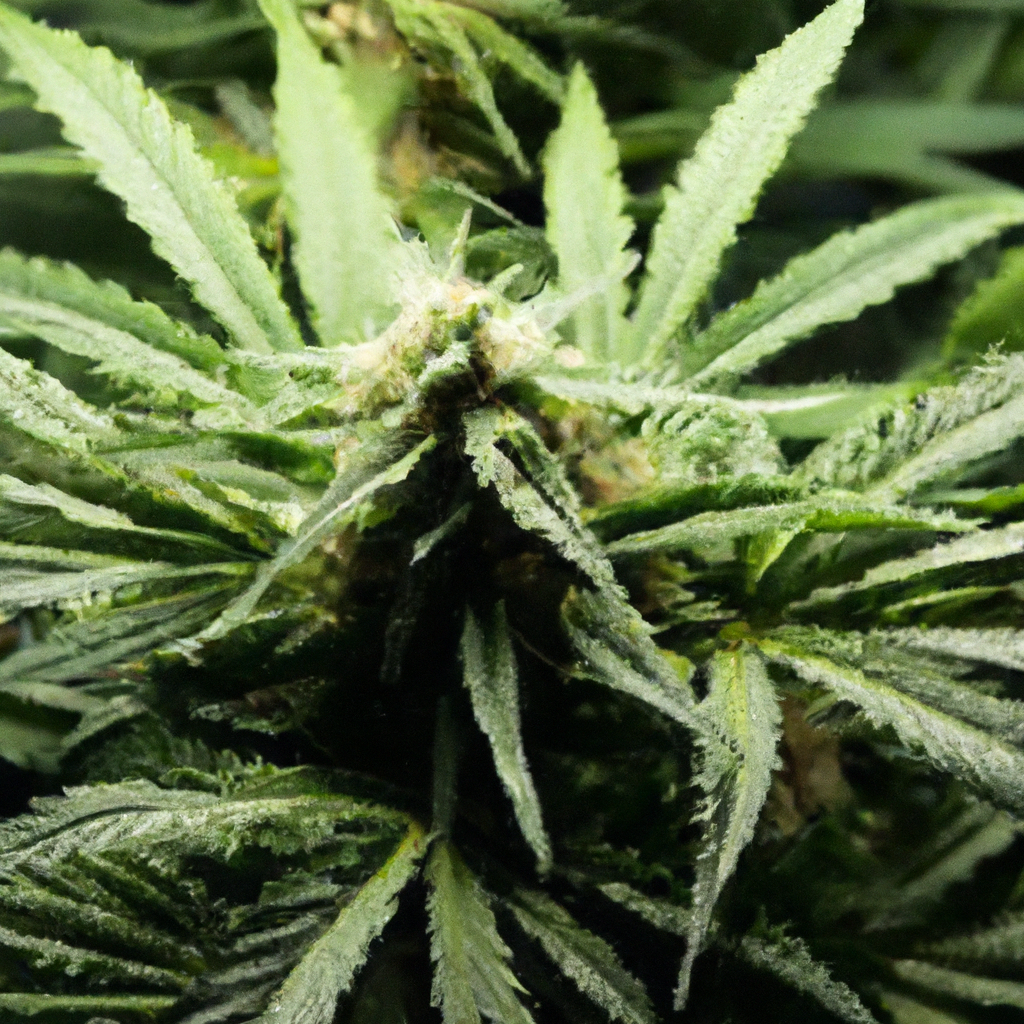In the ever-evolving world of cannabis cultivation, sustainability is no longer just a buzzword—it’s a necessity. As a cultivator with over 30 years of experience, I’ve seen firsthand the impact of responsible growing practices on the environment. Today, we’re diving into effective strategies to reduce the carbon footprint of your cannabis operation, without sacrificing quality or yield.
1. Embrace Energy-Efficient Lighting
Lighting is a critical component in cannabis cultivation, and it can also be one of the biggest energy consumers. Transitioning to high-efficiency LED lighting systems like Gavita Pro can significantly reduce energy consumption. Not only do these lights provide the full spectrum needed for optimal plant growth, but they also reduce energy usage by up to 25%, lowering both costs and environmental impact.
2. Optimize Water Usage with Drip Irrigation
Water efficiency is key to sustainable cultivation. By adopting drip irrigation systems, you can reduce water waste by up to 40% compared to traditional methods. These systems deliver water directly to the root zone, minimizing evaporation and runoff. In my own operations, this approach saves over 10,000 gallons of water annually, supporting a healthier ecosystem and conserving a vital resource.
3. Implement Sustainable Building Materials
Whether you’re setting up a new greenhouse or retrofitting an existing grow room, consider using sustainable building materials. Recycled steel, bamboo, and hempcrete are excellent options that provide durability and improve insulation, reducing the need for heating and cooling. These materials are not only eco-friendly but also contribute to a more controlled growing environment, enhancing plant health and productivity.
4. Use Locally Sourced Organic Soil
Using organic soil is a cornerstone of sustainable cannabis cultivation. Locally sourced soil not only supports local economies but also reduces transportation emissions. Organic soil retains moisture better, which is crucial in conserving water, and promotes the growth of beneficial microbes that naturally regulate plant health and nutrient uptake.
<!–


Leave a Reply